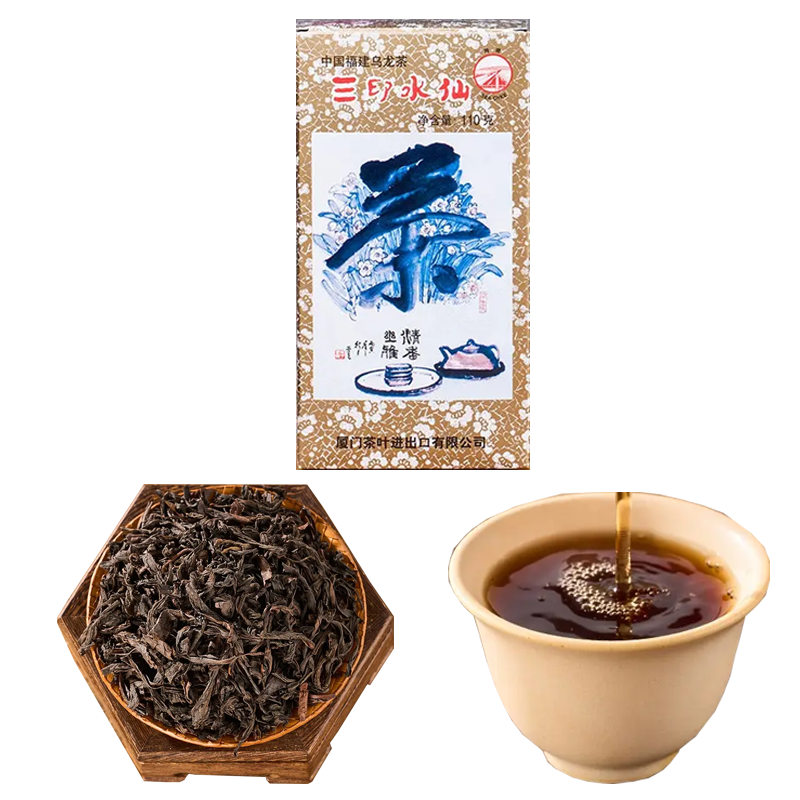
Famous for being remarkably diverse, Chinese tea includes specific flavors, aromas, and health properties that are associated with the different teas available. A good example is that of green tea, which is often also called Longjing Dragon Well as it has a mild, sweet, and delicate flavor accented with a bright green color. This type of tea is marked with the least oxidization which helps it retain a good amount of natural antioxidants.
The teas that are fermented to the fullest are black teas which are known as “red tea” in China, have dark characteristics being diamataceous and earthy. Two of the most famous black teas available in china include Keemun and Dianhong. Oolong tea serves as a connector of green and black tea, it has a semi-oxidized flavor profile which is somewhere in between floral notes and roasted notes. Some of the popular oolongs include tieguanyin or da hong pao.
Silver needle is classified as white tea which is the least processed out of all forms of teas. This tea has a very mild, unique flavor, and a very high amount of antioxidants which is what most tea lovers are looking for when choosing a tea. This further explains that yellow tea, though very hard to come by, is quite similar to green tea, only this one is steamed an extra time, making the taste a bit softer which many may seek. Finally, pu-erh and other dark teas go through a fermentation process which enhances the taste providing quite a unique earthy and rich flavor that matures over time.
Chinese tea can heal and calm. Chinese tea combines many antioxidants and amino acids which help fight stress, stimulate digestion, and also help in cardiovascular functions. Chinese tea has many kinds of tea that one can taste to suit their preferences.